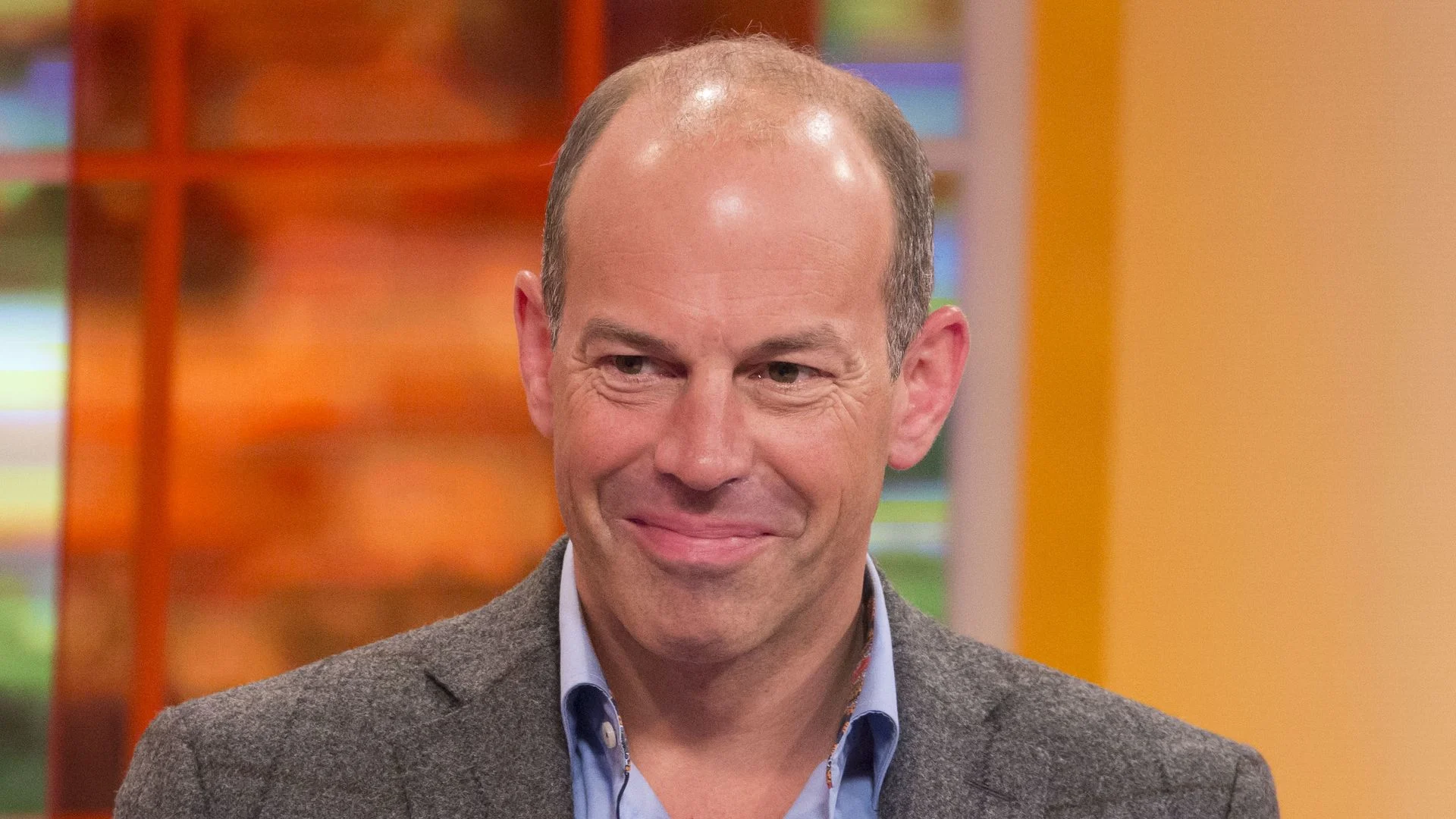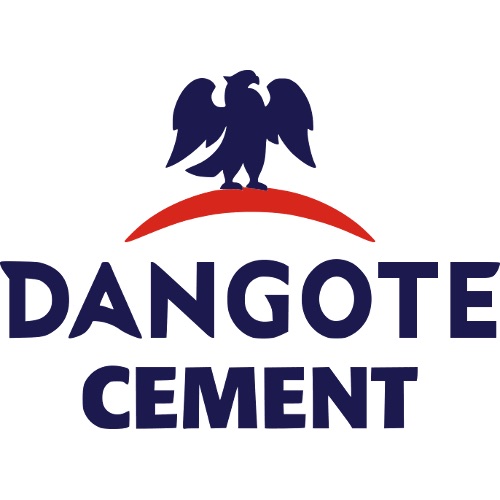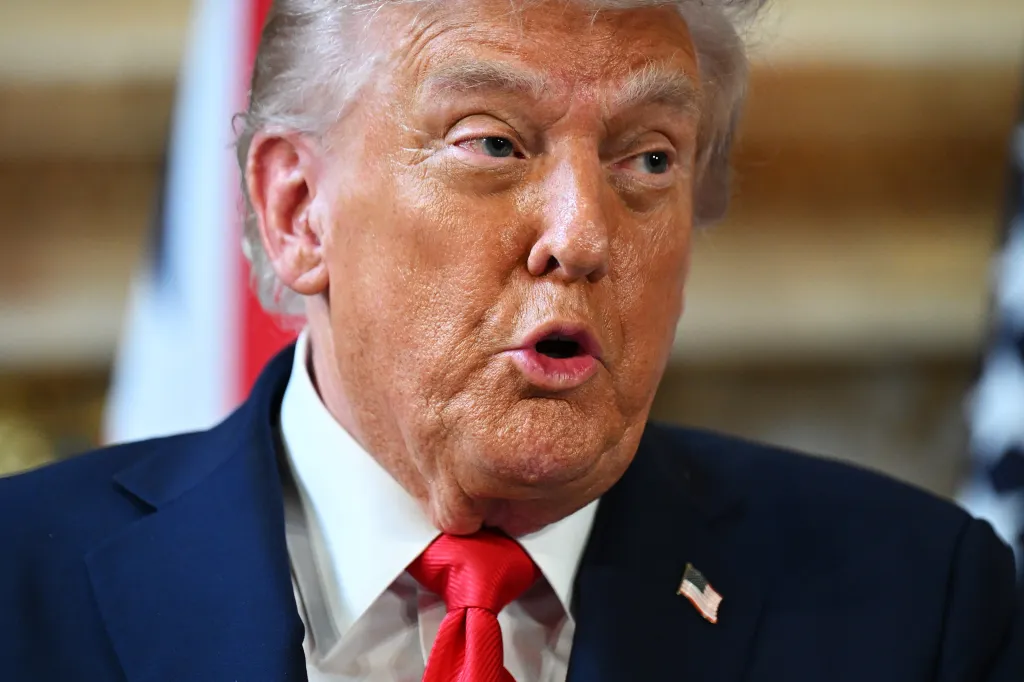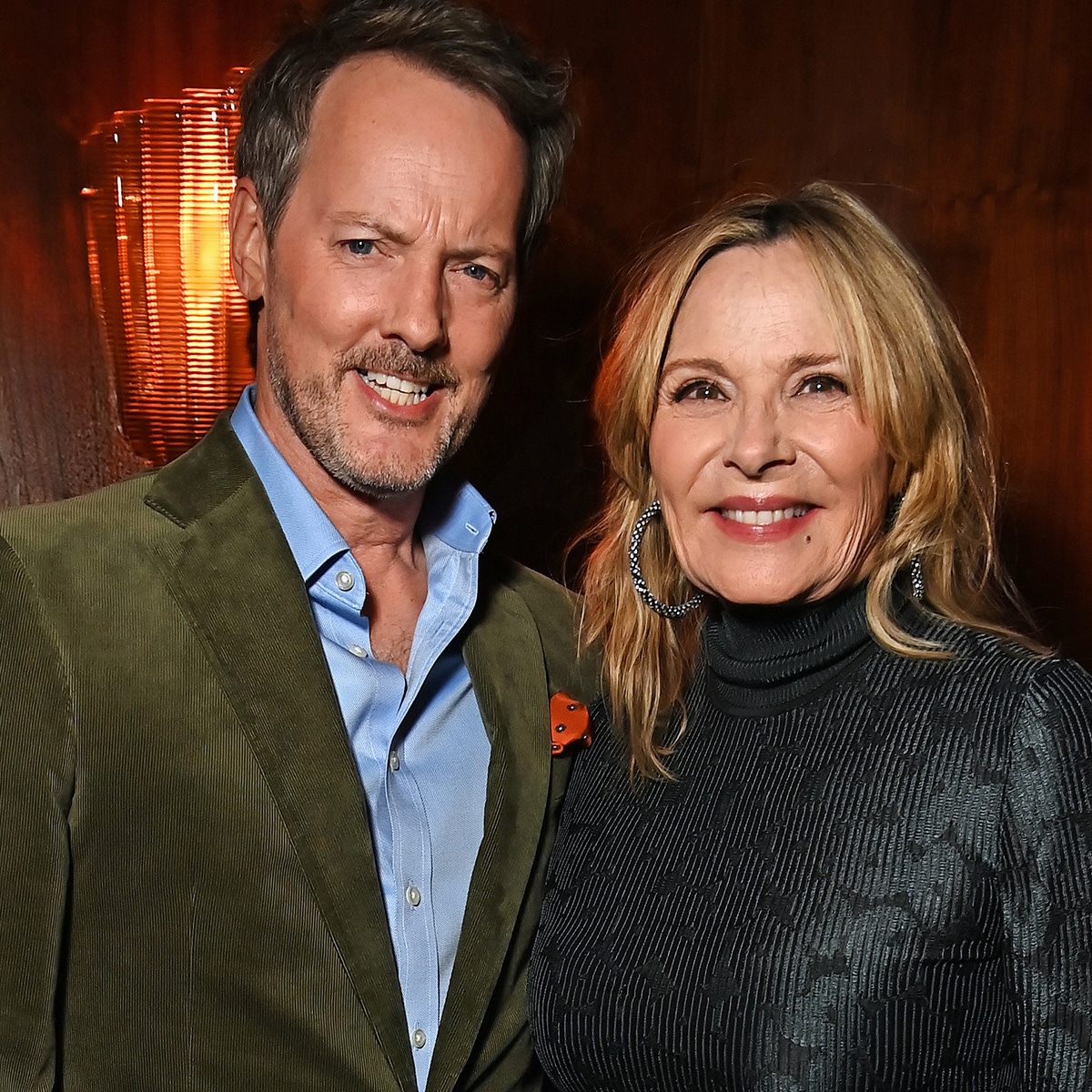By Shanti Mathias
Copyright thespinoff
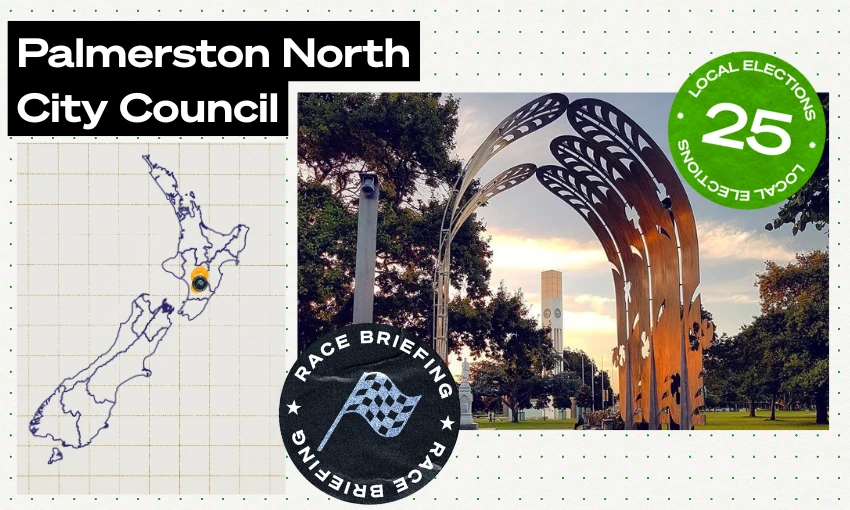
In Aotearoa’s second biggest inland city, 43 people are running for 16 council positions, making for a competitive race. Water, road upgrades and consultants are on the agenda – and an STV election means every vote matters.
Palmerston North’s airport is one of only three in the country that are allowed to handle freight 24/7. The council hopes to make use of this as it develops a new freight hub. With traffic and people poised to keep growing in the inland city, the candidates for the next council will need to hand over their water services to a new CCO, respond to concerns that they are using consultants too much and cope with a barrage of feedback about bike and bus upgrades to Featherston Street.
Why is Palmerston North the best place in the world?
The Spanish women’s football team might think it’s boring but Palmerston North is the jewel in the crown of Manawatū. It has a really nice river, a human- sized rat wheel and a wildlife hospital.
What is the contest?
Palmerston North is home to 91,000 people, one of Massey University’s three campuses and a very high concentration of doctorate degrees. Palmerston North City Council has four people running for mayor, three people running for two seats on the Te Pūao (Māori) ward, and a whopping 36 people running for 13 vacancies in the Te Hirawanui (general) ward, making this a highly competitive race (and a lot of ranking for voters, given it’s an STV election). The regional council is Horizons, where there are four seats in the Palmerston North constituency, and a referendum is being held on the Māori ward’s existence too.
Who is in the race?
The current mayor and a big fan of sister cities, Grant Smith is running for a fifth term. Current councillor Orphée Mickalad is standing again as a councillor and also going for mayor, as is animal rights candidate Michael Morris and Caleb Riddick, who wants the council to focus on core infrastructure.
In the Te Pūao ward, social worker Bonnie Kuru wants to support youth, sitting councillor Rowland Prince Fitzgerald is frustrated about the Māori ward’s future being put to referendum, and current deputy mayor and former school principal Debi Marshall-Lobb is standing for Te Pāti Māori.
In the Te Hirawanui ward, Green Party candidate Brent Barrett is going for a fourth term while Green-endorsed “sustainability queen”’ Kaydee Zabelin wants a second. Labour candidate in the 2023 general election, PNCC councillor from 2019-22 and aubergine enjoyer Zulfiqar Butt is again running with a Labour endorsement, as is incumbent and former vet Lorna Johnson, while Act Local has Glen Williams standing. Business and sports man Mark Gunning wants costs to go down, teacher Tobias Nash wants a focus on youth crime and men’s mental health, union organiser Cameron Jenkins wants the city to be more inclusive for rainbow whānau, and Melanie Butler wants “safer spaces for car enthusiasts”. Zakk Rokkano “thinks for himself” when it comes to spending, David Salisbury wants international flights coming to Palmerston North airport, Michal Paul Strachan is also an advocate for mental health, and engineer Richard Woolgar would like to hold evening meetings so it’s easier for working people to attend. Kayne John Dunlop wants to see “smart, sustainable growth”, while Wajeha Akbaryan moved to Aotearoa as a refugee from Afghanistan and now runs a restaurant, Jackie Wheeler is calling for “common sense”, sitting councillor Mark Arnott wants to end “unsustainable borrowing, and musician and former New Conservatives candidate Dave Poppelwell will study every dollar.
Lots of incumbents are running: Lew Findlay is a supporter of Age Friendly and Grey Power, Karen Naylor will prioritise transparency, as will Leonie Hapeta, Vaughan Dennison wants housing to be easier to access, Rachel Bowen says Palmy could be a more exciting place to live, William Wood is proud to have opposed cycleways and supported free parking, Verne Wilson wants the council to find “innovative solutions”, and Billy Meehan wants to keep putting his experiences as a parent of eight children and former sports coach to use at the council table.
Adrian Sales wants to be part of a “cohesive community”, actuary Eric Judd has experience on lots of boards, Eldhose Mathew has experience in student leadership and running Keralan community groups, Jack Koh is an acupuncturist with plans to promote Palmy tourism, and Quintin McGregor wants to invest in long-term infrastructure. Hayden Fitzgerald thinks the council has been distracted by “anti-car” ideology, sustainability consultant and repair cafe enthusiast Nelson Harper has a nice website, and Jeremy Hoskins thinks Palmy is a great place to raise a family.
What is at stake?
Overall, resident satisfaction with the Palmerston North City Council was 45% in 2024, with 65% of people thinking council services offer value for money. All key indicators have decreased since 2019. That said, 81% of people were happy with public facilities, 78% with parks and reserves and 67% with waste disposal, while just 29% were happy with roading.
Transport has been a big focus for Palmerston North during this term. Major construction on Featherston Street, a thoroughfare running beside the CBD, was a big source of feedback to council, as bus shelters and a cycleway were installed – requiring extensive construction and disruption for some travellers in the area. Most of the construction was paid for by NZTA. Some councillors, especially William Wood, wanted the cycleways removed in favour of traffic lanes to prevent congestion, but the council ultimately voted in May this year to keep the status quo to save money.
The council has agreed with neighbouring Rangitīkei and Horowhenua District Councils that it will form a shared CCO for managing water services as required under the Local Water Done Well legislation. Putting this in place and managing the transition financially will be a major piece of work for the new council.
Rates were increased by 6.6% in the 2025 annual plan, less than a projected 7.7% increase. Concerns about the impacts of rates cuts are strong; hundreds attended a council meeting in May out of fears library branches would be shut down to save money. Mayor Grant Smith, with the support of other councillors, has criticised “the creep in professional services”, seeking to limit how much money the council spends on consultants.
The council has been a key part of developing Te Utanganui, an inland freight logistics hub, which will require improved infrastructure around the airport. It frames this as an opportunity for growth in Palmerston North, meaning the central North Island can easily access road, air and rail freight services; it put a proposal forward for a ring road system on the fast-track approvals list to make it easier for freight to get around. But rezoning for industrial growth has upset people with large lifestyle blocks on the fringes of the city.
With this growth comes housing pressures; Palmerston North’s average age is 36, a little younger than the national average at 38, and the population is estimated to reach 100,000 by 2030. Lots of people want in on that sweet smaller-city relatively-affordable-houses living. Encouraging density, keeping housing affordable, and taking climate risk and mitigation into account with new developments will be crucial for council as it reviews consents in the next term.
The race in a sentence?
Palmy’s gonna grow – are cycle lanes or lifestyle blocks gonna go?
The nitty gritty
The Palmerston North election is voted under the single transferable vote system. Voting papers were delivered between September 9 and 22; if your voting papers have not arrived you will need to do a special vote. The last day to enrol (for a special vote) is October 10. Your vote needs to be received by midday on Saturday October 11. Read more race briefings and other Spinoff coverage of the local elections here.
